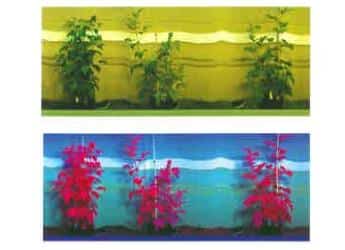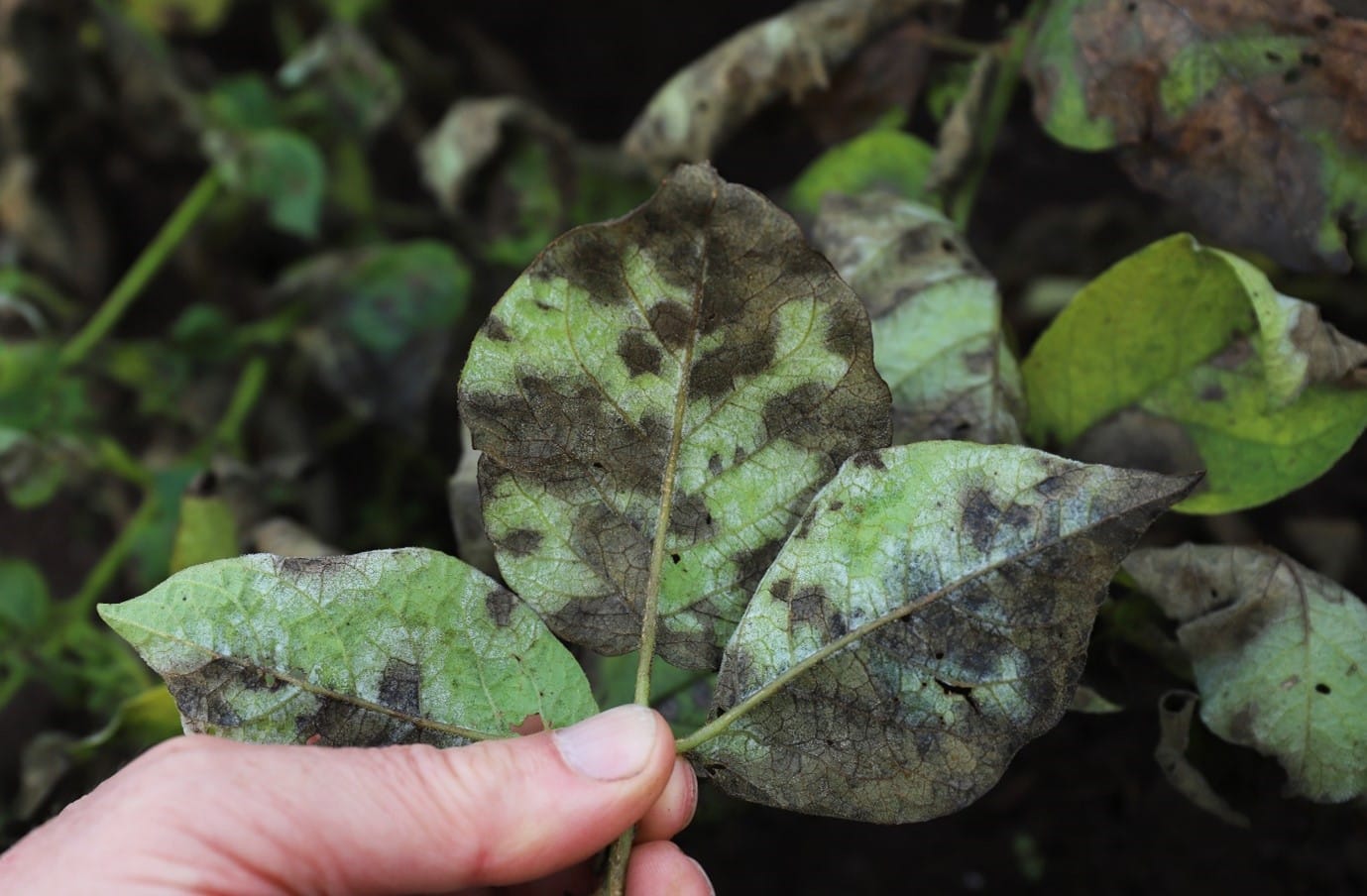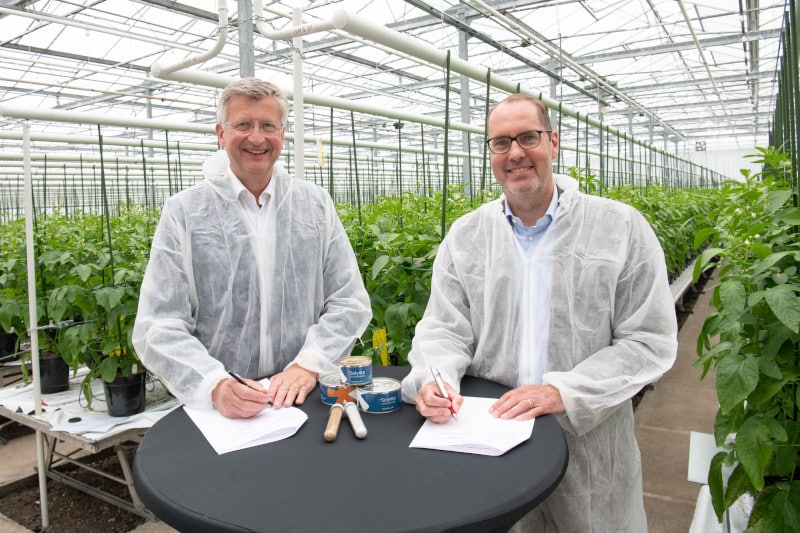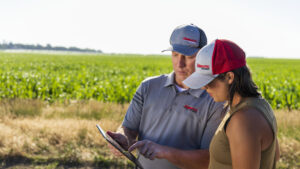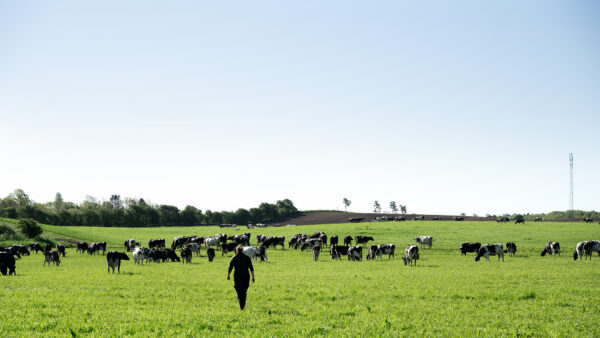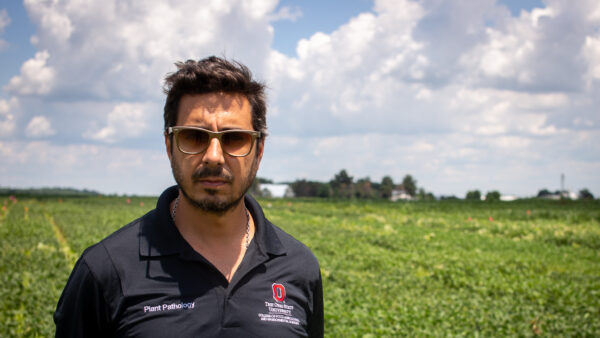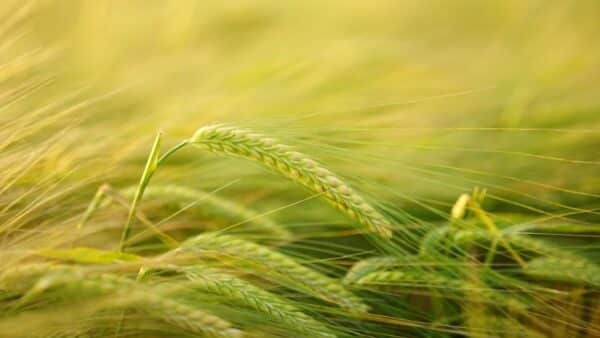Hyperspectral imaging, a growing area in remote sensing, holds the promise of providing a solution for crop monitoring over large areas, and scientists at the James Hutton Institute are working with partners in industry and academia to investigate the potential of the technology to maximise the sustainability and productivity of key food crops, as well as for other purposes including measuring the chemical composition of materials.
The InnovateUK-funded project “In-field Optical Detection of Potato Disease” primarily explored the utility of aerial imaging (drone captured multispectral and high-res RGB) to detect and differentiate between a selection of economically important potato diseases. Non-imaging hyperspectral data was also collected from artificially inoculated potato plants under both controlled environment and field conditions.
Dr Damian Bienkowski, a postdoctoral researcher at the James Hutton Institute, said: “While the aerial imaging demonstrated potential for this method to detect diseases once visible symptoms were present, the hyperspectral data, when subjected to machine learning analysis techniques could detect and differentiate between late blight and blackleg diseases even before visible symptoms were present, with high accuracy.
“It is predicted that if imaging with greater spectral and spatial resolution is used in the field, it will likely be able to map multiple diseases in growers crops, enabling precise disease control options to be deployed with greater efficiency.”
Another hyperspectral imaging project, undertaken in partnership with the University of the West of Scotland, the University of Strathclyde and led by Glasgow-based product design firm Wideblue, is developing a new type of low-cost agricultural imaging system that could potentially maximise crop production in fields and greenhouses.
The sensors in development are expected to be up to 90% cheaper than equivalent equipment currently on the market and have the potential to make high resolution spectral imaging technology significantly more accessible to the agricultural sector and beyond.
The research team has applied for a patent on the overall low-cost hyperspectral imaging camera technology which is currently being deployed on a trial basis at a number of locations across the country, including the James Hutton Institute’s Dundee site.
Dr Matt Aitkenhead, a soil scientist based within the James Hutton Institute’s Information and Computational Sciences department in Aberdeen, said: “The use of light-weight and low-cost spectral sensors for agriculture is particularly exciting as there are so many ways in which land managers could benefit from the kind of data that this sensor generates”.
Source: James Hutton Institute


